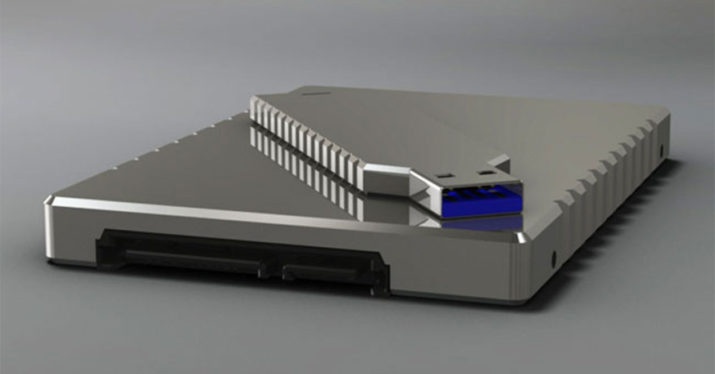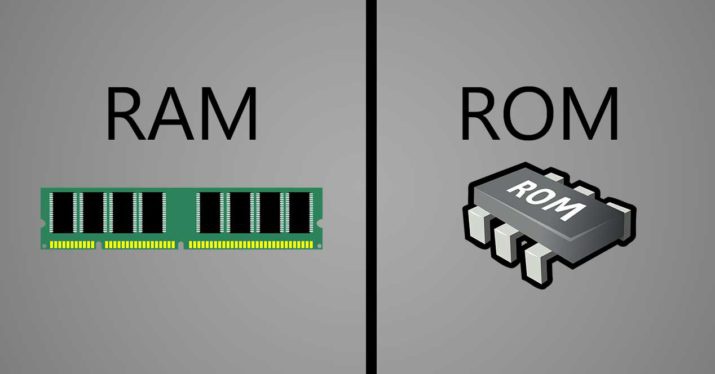Computers and mobile devices need two main types of memory in order to operate correctly and to store the data that they work with. These two types of memory are known as RAM and ROM, and we are going to analyze in detail each of their differences and in what way each one stands out.
RAM
The first one is RAM, which stands for Random Access Memory, and as its name indicates, constantly changes its content. This is usually the second component with most memory on our device, after the hard discs or SSD, followed by the graphics cards. RAM is used to store the programs and data that the CPU is using in real time, hence the term ‘Random Access Memory’.
This type of memory is volatile, which means that the information stored on it disappears when the computer or mobile device is turned off. Among the types of RAM we find two main ones:
- DRAM: the Dynamic RAM consists of capacitors that require the controller to update the data stored in it several times per second so that it is not lost. This is used in the RAM of computers and mobile devices for consumers.
- SRAM: unlike DRAM, the Static RAM stores the data until the power is cut, without the controller having to constantly refresh the data. In addition, it is faster and consumes less energy. As a disadvantage, they are less compact and more expensive than the DRAM modules. For this reason, the DRAM is the most used.
ROM
The second most common memory in electronic devices is the ROM. This memory, which stands for Read-Only Memory, is not volatile as is the RAM, so it retains the information even when we turn the device off, although it is slower.

Initially, as the name implies, the information they stored was read-only, as was the case with the computer’s BIOS over time, it was able to delete and rewrite the data, resulting in modern storage devices such as USBs, SD cards and SSD drives. Lets see what types of ROMs there are:
- Mask ROM: this type of memory is written during the manufacturing process of the chip, and can not be modified later.
- PROM (Programmable Read-only Memory): Similar to the Mask ROM, but the data can be entered after manufacturing the chip and then can not be modified.
- EPROM (Erasable Programmable Read-only Memory): Similar to the PROM, but it allows the memory to be deleted when exposed to a high intensity ultraviolet light.
- EEPROM: (Electrically Erasable Programmable Read-only Memory): allows data to be deleted electronically, and data can be rewritten on them a limited number of times. Flash memory uses EEPROM, and this is the type currently used by most devices with flash memory such as USB flash drives, SD cards and more recently SSDs.
Read More:
Best CPU Buying Guide
Best Graphics Card
How much RAM do I need?
